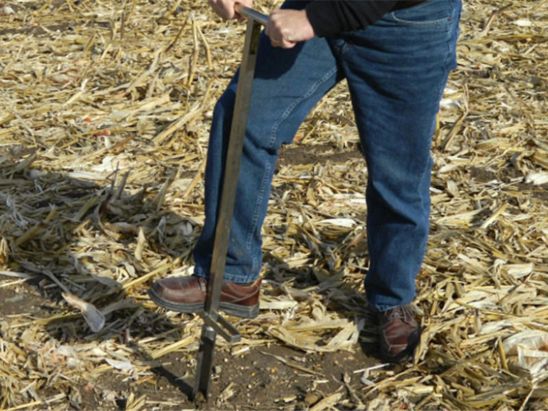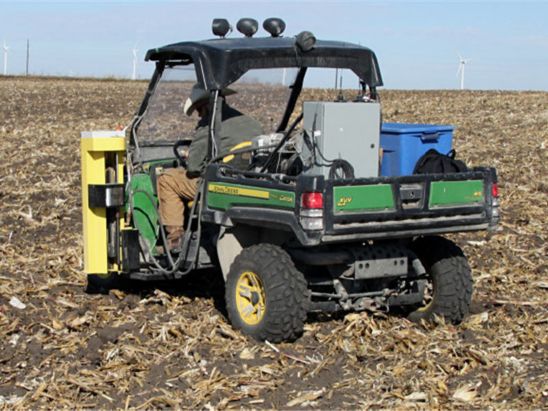Soil Sampling Tips
Something went wrong. Please try again later...
From Pioneer Agronomy Sciences
From Pioneer Agronomy Sciences
Best management practices for obtaining representative samples for analysis:
Soil sampling after corn harvest. Crop residue was moved aside so that
soil organic matter would be accurately determined.
Soil sampling a large field with a mounted hydraulic sampler.
The foregoing is provided for informational use only. Please contact your Pioneer sales professional for information and suggestions specific to your operation. Product performance is variable and depends on many factors such as moisture and heat stress, soil type, management practices and environmental stress as well as disease and pest pressures. Individual results may vary.

